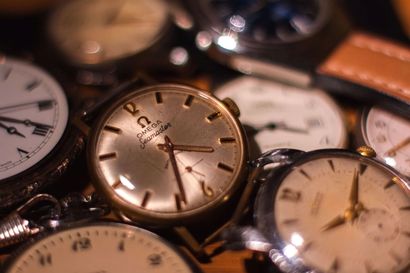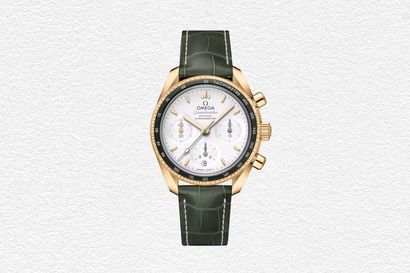Let’s wind back time. It’s the 1970s, and the Swiss watch industry is only barely ticking over. The post-war economic boom is faltering, foreign manufacturers are undercutting the Swiss, and cheap electronic watches are being buckled onto more and more wrists the world over.
These are dire straits for the oldest watchmaking industry in history — and a new hero timepiece is desperately needed to stop the whole operation from going under. Audemar Piguet’s Royal Oak and Patek Philippe’s Nautilus are making valiant attempts to keep proceedings above water, but there’s one watch about to surface that will unequivocally keep things afloat: The Vacheron Constantin Overseas.
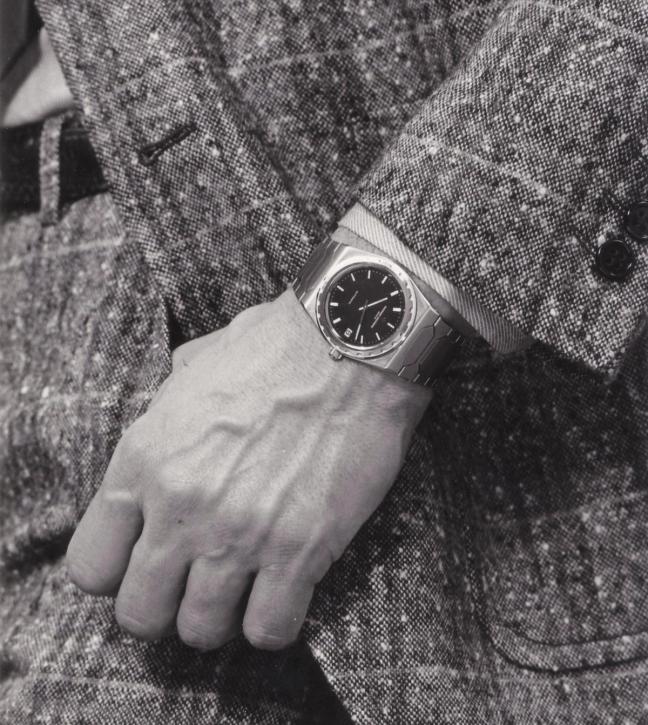

Of course, Vacheron’s Overseas as we know it today has come a long way since its inception almost 45 years ago. Back in 1977, the oldest continuous watch manufacturer in the world (they’re currently at 264 years, and counting) made their first foray into the newly minted luxury sport watch sector with the 222.
Named for the number of years Vacheron had been creating watches when it was first revealed, this initial design was dreamt up by Jorg Hysek — and was a marked departure from the brand’s usual dress watch fare.

With its thin, barrel-shaped case and round notched bezel, the 222 was to become the blueprint for Vacheron Constantin’s Overseas watches. And, even this early on in the watch’s evolution, there were clear signs of flair and confidence. Just look to the tiny inlaid Maltese cross at 5 o’clock for proof, or the large, hexagonal links of the strap.
The 222 was produced in limited runs, and went through several iterations — including a square-cased version and variants in steel, gold and steel and pure gold. Discontinued in the mid-1980s, the watch remained a firm favourite of Vacheron enthusiasts — and its influence was next seen on wrists a decade later…

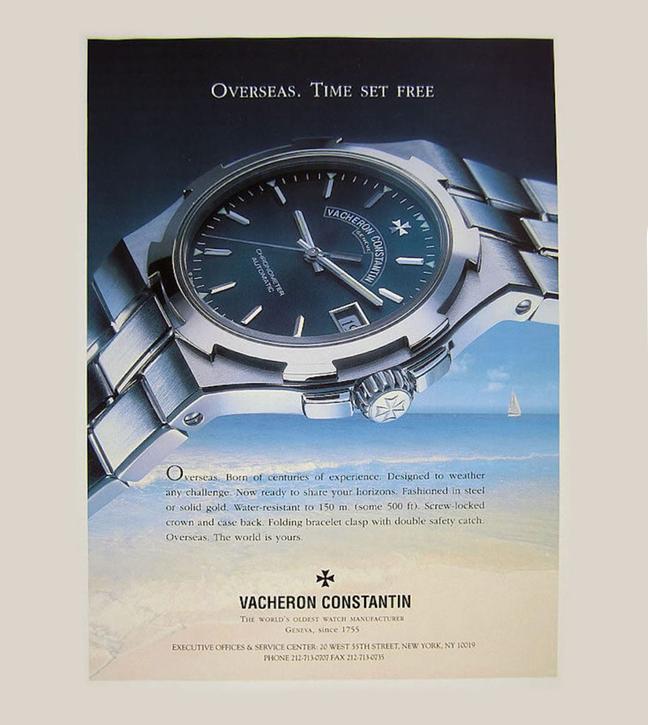
The Phase 1 Overseas launched in 1996, and was immediately hailed as a direct descendant of the 222. Designed by Vincent Kaufmann and external watch artist Dino Modolo, the first Overseas by name built on the sports watch foundations of the 222 by also creating a watch that satisfied global travellers.
Crafted around a tonneau shaped case, the fluted bezel was designed to evoke the Maltese cross that featured on the 222. At 37mm, and with a water resistance of 150 metres, this ultra-flat automatic lived up to its sports billing, but with added elegance.
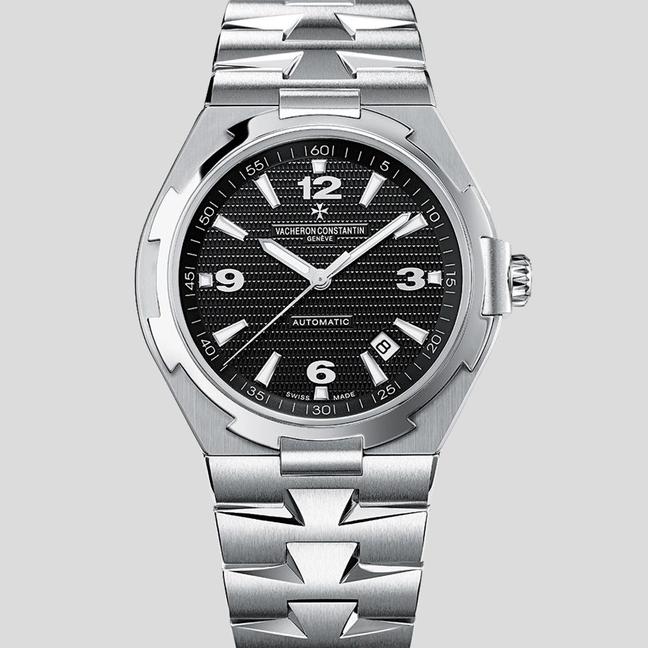

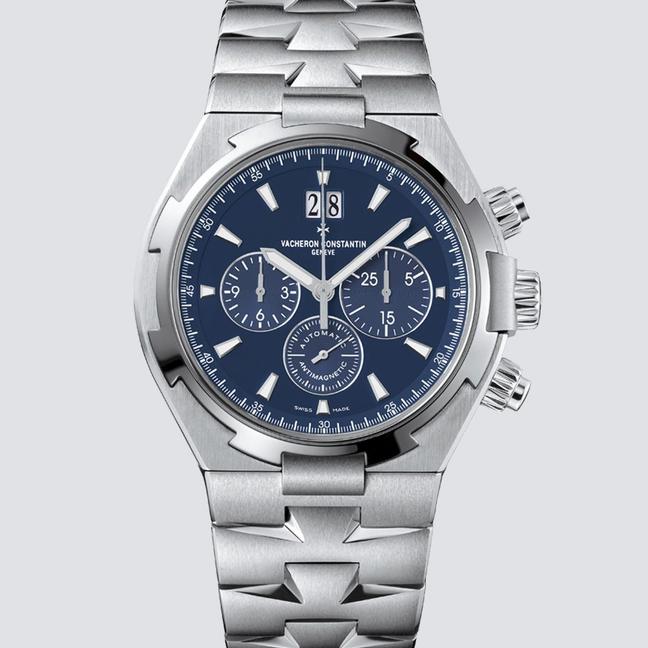
By 2004, a more modern design was required — and the Overseas Phase 2 was released. The metal bracelet had been optimised for comfort, and featured a half Maltese cross motif on the bezel. A sportier feel was adopted once more, and new patterned dials completed this athletic aesthetic.
A musclier 42mm case and soft iron antimagnetic screen bulked the watch up, giving it more scope to be bumped and bashed around and actually worn in day-to-day life.
By 2006, the watchmaker had introduced a dual time Overseas to the collection, its second time zone and day night and date indications again selling the watch to globe-trotters and jet-setters. And, the following year, the sports watch took a turn a more overt turn towards the luxury lifestyle — offered for the first time on a rubber or alligator leather strap.
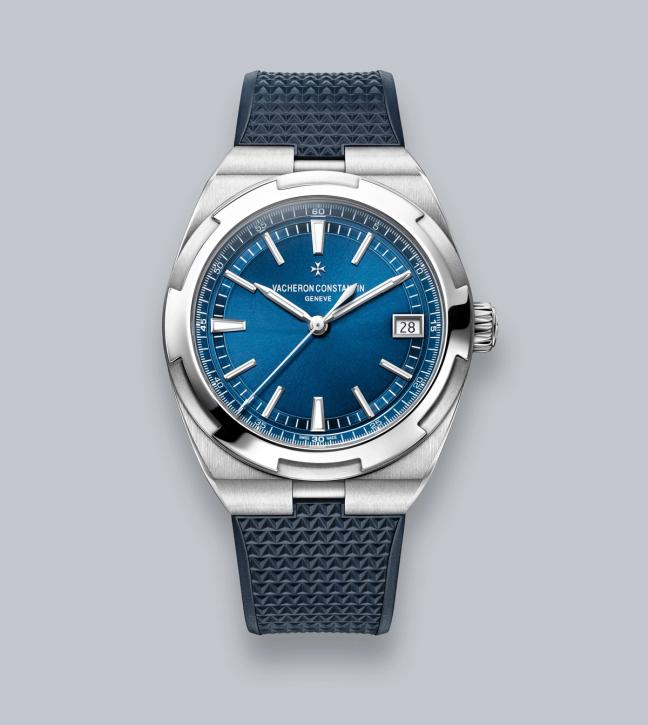
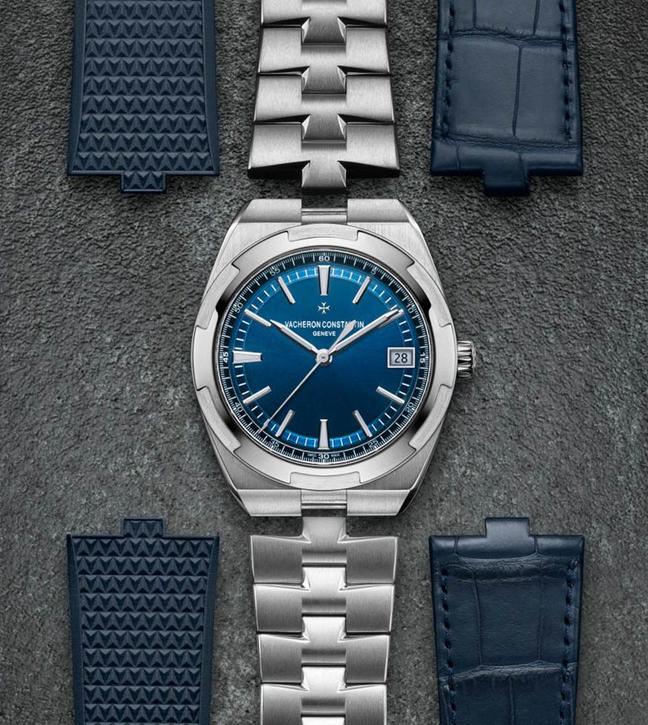
Finally, a decade after these advancements, the Overseas Phase 3 was introduced. A collection of six different models, Vincent Kaufmann’s new design was cleaner, with a more refined and elegant look.
The Maltese cross bezel was stripped back — six notches favoured over the previous eight — and it was spread to the outside rim of the case. The roundness of the dial opening was accentuated with a disc below the bezel, and the case back swapped its traditional naval engravings for a sapphire crystal — allowing the owner to see one of the three new in-house movements ticking away.
Today, you can pick up an Overseas in any of 18 references, from an Ultra-thin perpetual calendar or Chronograph to a Worldtime or Time-and-Date. And, while the modern model bears a strong resemblance to the original 222, half a century of refinement has led to Vacheron Constantin’s most storied watch becoming one of the most respected, revered and sought after timepieces in the world.
Want more heritage Vacheron Constantin? Check out the watchmaker’s Traditionelle Platine…

Become a Gentleman’s Journal Member?
Like the Gentleman’s Journal? Why not join the Clubhouse, a special kind of private club where members receive offers and experiences from hand-picked, premium brands. You will also receive invites to exclusive events, the quarterly print magazine delivered directly to your door and your own membership card.
